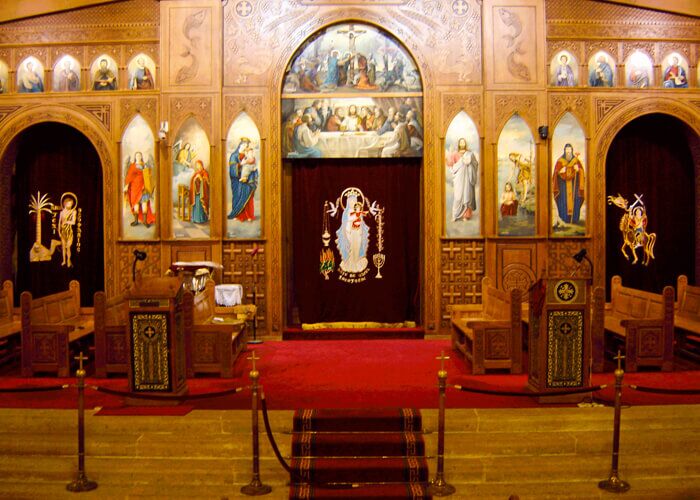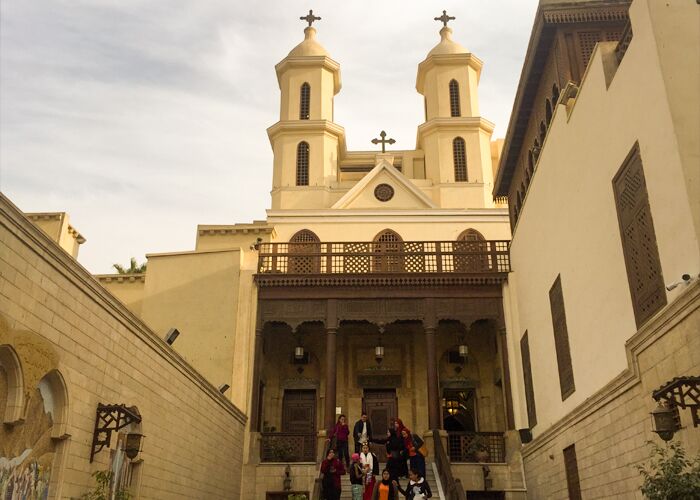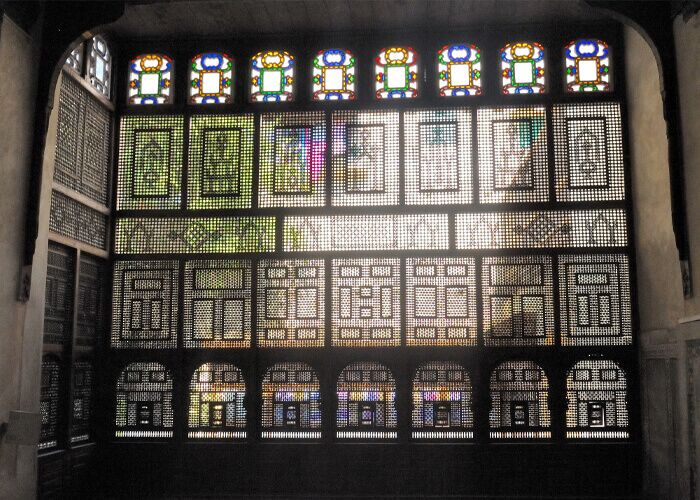Coptic Cairo’s Church of the Virgin Mary is a must-see.
Egypt is a nation that draws a large number of visitors from all over the globe, including the Church of the Virgin Mary. Throughout history, numerous significant events occurred in Egypt that contributed to the development of its culture. Egypt has a wide range of attractions that you may emphasise. Egypt’s oldest civilisation is the Pharaonic civilization, however there are other Islamic and Coptic civilizations that may be found there as well.
When the Holy Family landed in Egypt, the beginning of Coptic culture was marked. While the Holy Family was travelling through Egypt, churches were constructed in the locations where the Virgin Mary and her son Jesus had resided at the time. The Church of the Virgin Mary is one of the most well-known and visually appealing structures in the world.
The Church of the Virgin Mary has a long and illustrious history.
As a tourist and religious site, it is regarded to be one of the most significant in Egypt as well as the globe. When the Holy Family escaped from the Palestinian ruler to Egypt and reached Cairo, it dwelt in a number of locations, after which churches were erected in each of these locations.. The Church of the Virgin served as the Holy Family’s last residence before beginning on their journey to Memphis, which served as the first capital.
The Holy Family travelled from Memphis to the towns of Upper Egypt on a ship called the Argo. In the nineteenth century, an explosion aboard a ship caused damage to certain areas of the Church, leading some to believe that the whole structure had been demolished and then rebuilt from the ground up.
It was reported in 1976 that an antique bible had been discovered floating in the Nile near the Church. In the book of Isaiah, the chapter that begins, “I blessed Egypt, my people,” was opened and read.
The building of the Church of the Virgin Mary is now underway.
The church was erected on the east bank of the Nile River, close to the city of Aswan. It is located in the Maadi district, 13 kilometres from the city centre. It is comprised of three domes that are affixed to three altars. There are old symbols adorning the walls of the room.
The chapel has four coffins, each of which contains the relics of a saint. Original copy of the old bible discovered floating in the sea is housed in a glass sanctuary dedicated to its preservation. Other historical features include the Baptistery and the corridors and stairwells that were utilised by the Holy Family during their time here.
With regards to The Basilica of the Virgin Mary
Due to the fact that it was here that the Virgin Mary and Jesus slept for a few days before embarking on their trip to Upper Egypt, the Church is known as the Virgin Mary Church.
The name of the location was known by the Church by many different names. In Arabic, it was known by the name “Maniet Al-Sudan,” which is regarded to be the Church’s earliest Arabic name in existence. It was then called as “Bustan Al-Adawya,” and subsequently as “Al-Martuti,” which means “Bustan of Adawya.”
In Cairo, we’re looking for miracles.
In Egypt, particularly in Cairo, there are several churches that are situated near to Islamic and historical sites. Our Egypt vacation packages enable you to learn more about these fascinating destinations while taking a cruise on the Nile, allowing you to have a really memorable experience in Egypt.





